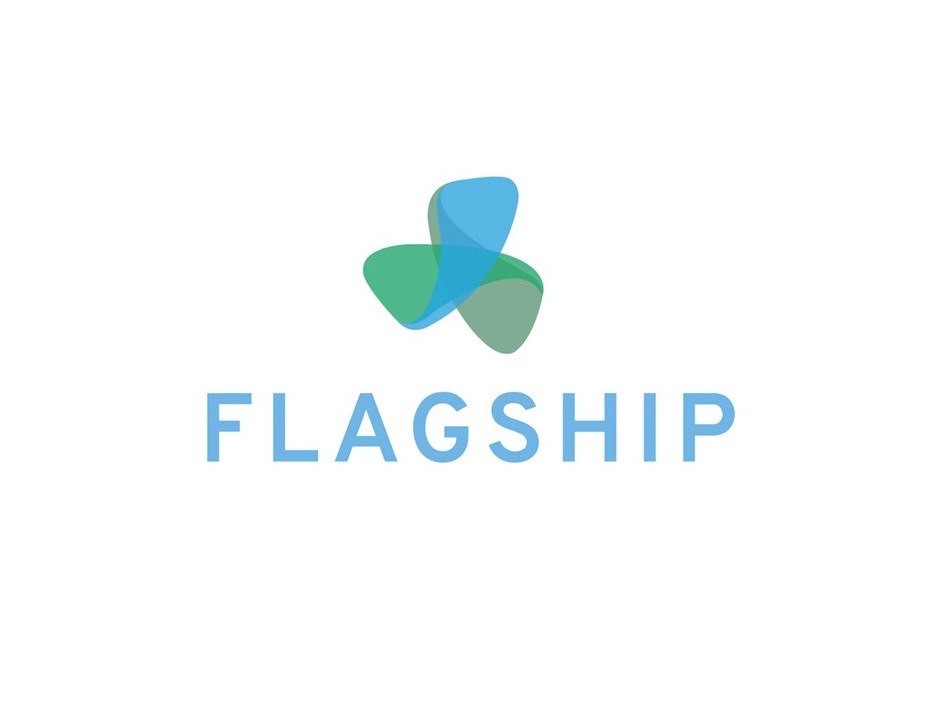Flagship Project Kick off: the starting point for future 500 MW floating wind farms
FLAGSHIP is a new Horizon 2020 project that aims to reduce the Levelized Cost of Energy (LCOE) for floating offshore wind to the range 40-60 €/MWh by 2030. To validate and demonstrate it, the FLAGSHIP project will develop and fabricate the first 10 MW Floating Offshore Wind Turbine (FOWT) assembled on a floating semi-submersible concrete structure in the Norwegian North Sea. This demonstration project will manage a 25 million euros funding during its 4 year duration, aimed at optimizing floating offshore wind towards commercialization. The initiative was launched virtually on Thursday, 17th of September, and it will be coordinated by Iberdrola. The implementation in real environment is essential to bring the technology demonstration to the required commercial maturity level. Thus, the project will design and build a robust and innovative semi-submersible concrete floating platform based on Olav Olsen’s patented and design protected OO‐Star Wind Floater concept. Moreover, this semisubmersible substructure includes an easy-to-install anchorage design, innovative mooring designs and configurations, as well as new cable designs with optimised installation and life management procedures. According to the project’s schedule, the production of the floating platform could start in the third quarter of 2021 and its installation at sea in the first quarter of 2022. To address these challenges, Iberdrola will work with an international consortium that includes companies and institutions from 5 different countries: Spain (Core-Marine, CENER, IHCantabria, Zabala Innovation Consulting), Norway (Olav Olsen, Kvaerner, UNITECH Offshore AS, Met Centre), France (EDF), Denmark (Danmarks Tekniske Universitet) and Germany (DNV-GL). The 12 experienced and multi-disciplinary partners will put to use their knowledge, networks and key assets to facilitate the development of this innovative floating technology. This Project located in the harsh conditions of the North Sea will be the starting point for large-scale of 500+ MW future commercial FOW farms, ensuring its feasibility to other specific locations in the Atlantic Ocean, Mediterranean and Baltic seas. The asset will be installed at the Marine Energy Test Centre (MET), as the owner of the test site area located in the Norwegian North Sea, but the knowledge generated by FLAGSHIP and the results of the demonstrative scenarios will be crucial for the industrialisation of floating offshore wind farms all over the world. Steps to follow: FLAGSHIP will focus on the testing of a cost effective concrete floating platform and anchoring system for a 10+ MW wind turbine, including electrical connection in a demanding site location of the North sea, in order to pave the way towards the mass production and installation in a worldwide range of commercial scenarios. To achieve these goals, FLAGSHIP’s methodology will be rolled‐out in a 4‐step process: 1. Detail design of the solution innovations at single unit scale. 2. Industrialisation analysis for mass production 3. Design & implementation of operations (onshore/inshore&offshore) 4. Replicability in other locations and future demand



